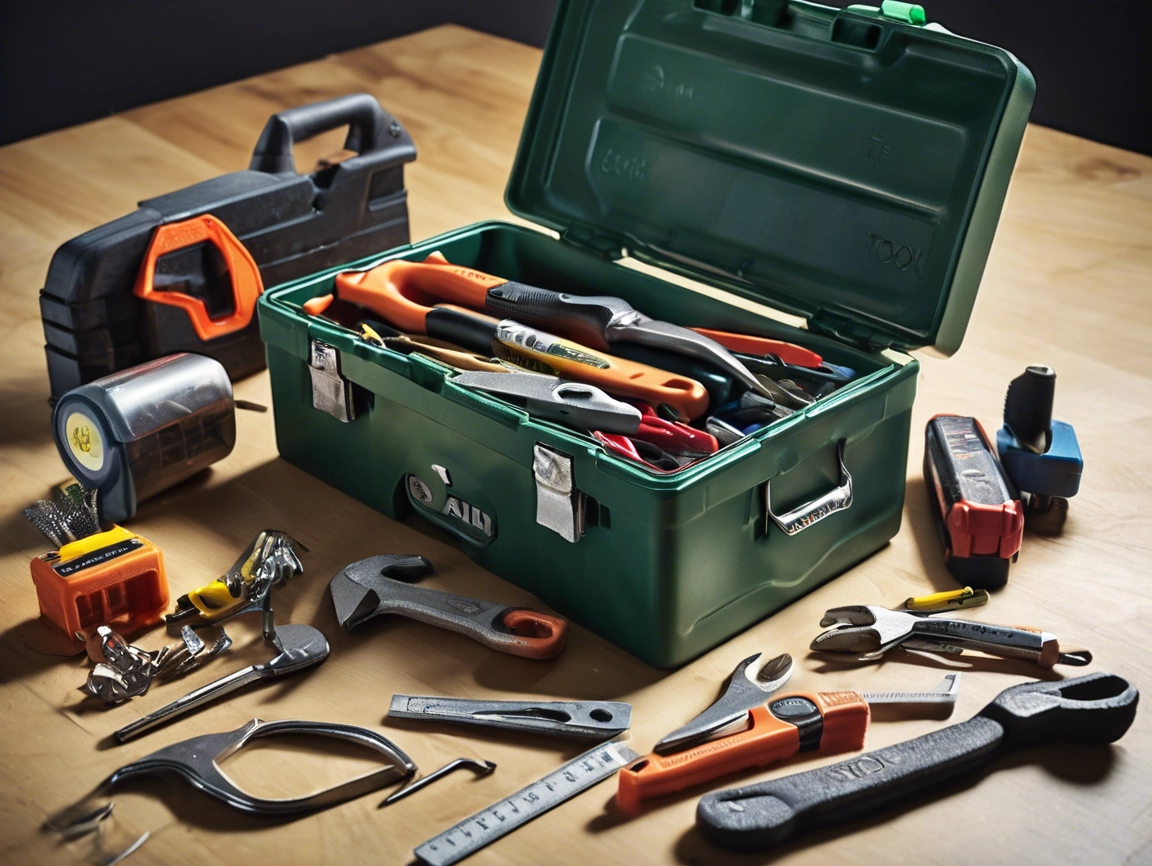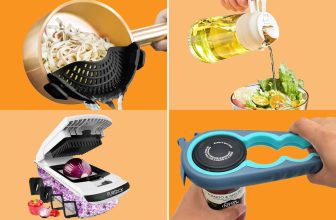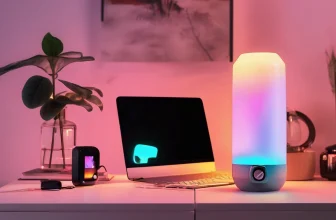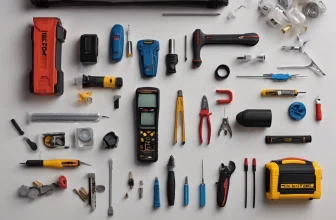
You don’t need to be a professional contractor to handle life’s little repairs. Whether you’re hanging a shelf, tightening a loose hinge, or assembling furniture, a basic DIY toolbox can save you time, money, and stress. The best part? You can build a solid starter kit for under $100.
In this guide, we’ll walk you through the 10 essential tools every beginner should own — affordable, versatile, and compact enough to fit in one box.
1. Claw Hammer
A classic. Useful for hanging frames, pulling nails, light demolition, and assembling furniture. Look for one with a rubber grip and medium weight for better control.
Budget tip: Fiberglass handles are cheaper and absorb shock better than wood.
2. Tape Measure (16-25 ft)
Accurate measuring is the foundation of any successful DIY project. Go for a locking model with both metric and imperial units and a wide, durable blade that doesn’t bend easily.
Why you need it:
✔️ Hanging shelves
✔️ Measuring furniture
✔️ Laying out projects
3. Adjustable Wrench
Instead of buying an entire wrench set, get an adjustable one. It fits a wide range of nuts and bolts, making it perfect for plumbing fixes or bike repairs.
Tip: Choose one with a comfortable grip and rust-resistant finish.
4. Multi-Bit Screwdriver
Skip the clutter — one handle, many heads. A multi-bit screwdriver handles Phillips, flathead, Torx, and more, all in one compact tool.
Pro Tip: Magnetic tips help hold screws in place — especially useful in tight corners.
5. Allen Key (Hex) Set
From furniture assembly to bicycle adjustments, hex keys are everywhere. A simple folding or L‑shaped set will handle most small jobs around the house.
Why it’s essential:
✔️ Flat-pack furniture
✔️ Home gym equipment
✔️ Shelving brackets
6. Needle-Nose Pliers
Great for gripping, bending wires, or pulling small nails out of walls. Their slim tip fits into tight spaces and is perfect for small repairs and electronics.
Budget-friendly advice: Carbon steel pliers last longer and resist rust.
7. Utility Knife
Opening boxes, trimming materials, scoring drywall — this is your go-to tool. Look for a retractable blade and extra blades stored inside the handle.
Bonus: Also handy in the kitchen for removing caulk or labels.
8. Level (12” or 24”)
You’ll never hang a crooked picture again. A good level is a simple tool that helps you align everything from mirrors to wall-mounted shelves.
Types to consider: Bubble (spirit) levels are cheapest; laser levels are more advanced but pricier.
9. Flashlight or Headlamp
Because not all repairs happen in daylight. A compact, bright flashlight or wearable headlamp is essential for working in attics, under sinks, or dark closets.
Battery-saving option: Rechargeable LED flashlights are eco-friendly and brighter.
10. Storage Toolbox or Bag
Keep it all organized. A small toolbox or soft-sided tool bag ensures your tools are ready when you need them — and less likely to get lost or damaged.
Features to look for:
✔️ Compartments for bits and small parts
✔️ Carry handle or shoulder strap
✔️ Durable plastic or canvas
Sample Budget Breakdown
| Tool | Approx. Cost |
|---|---|
| Claw Hammer | $10–15 |
| Tape Measure | $7–10 |
| Adjustable Wrench | $8–12 |
| Multi-Bit Screwdriver | $10 |
| Allen Key Set | $5–8 |
| Needle-Nose Pliers | $6–9 |
| Utility Knife | $5–8 |
| Level | $7–10 |
| Flashlight | $10–12 |
| Toolbox/Bag | $10–15 |
| Total | ≈ $90–100 |
Final Thoughts
You don’t need fancy equipment or expensive power tools to get started with home projects. This DIY starter toolbox under $100 gives you all the basics to confidently tackle most repairs and improvements.
💡 Tip: Start small, then expand your collection as you take on bigger projects.






